What Is the Troposphere?
The troposphere is the lowest layer of the atmosphere. It starts at ground level and extends upwards to about 13 km. All weather occurs in the troposphere.
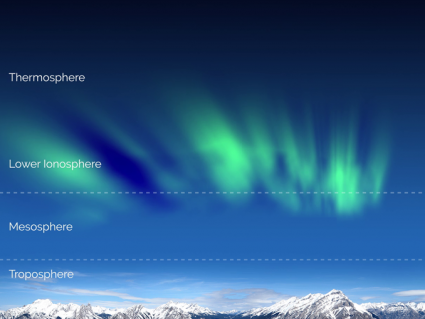
The troposphere is the lowest layer of the atmosphere. It starts at ground level and extends upwards to about 13 km. All weather occurs in the troposphere.
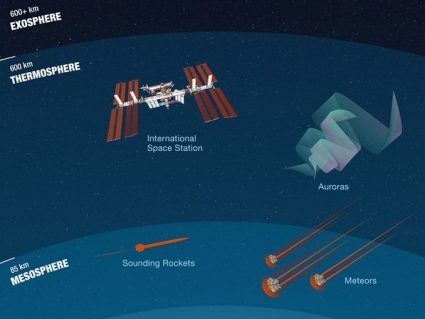
The thermosphere is the thickest atmospheric layer (80-550 km). It’s known for its aurora borealis, orbiting satellites and the Karman Line (edge of space).
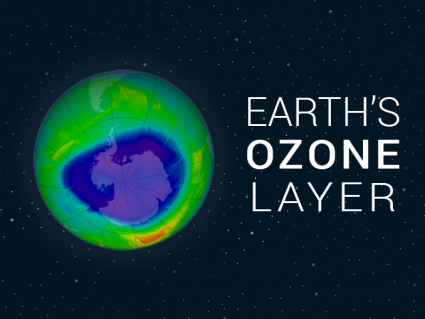
What makes Earth unique is its ozone layer. Ozone is a colorless gas made up of three oxygen atoms which protects us from harmful UV radiation from the sun.
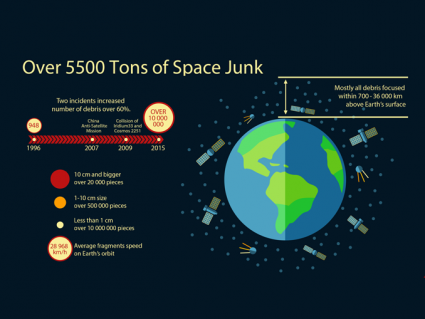
There is over 5500 tons of space junk above Earth’s surface. They mostly consist of small and medium debris within 700 – 36,000 km range in the atmosphere.
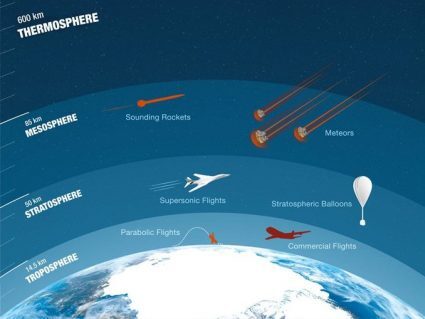
Main highlights of the stratosphere are: (1) The ozone layer absorbs harmful UV light (2) This causes temperature to rise (3) It contains 10% of air mass.
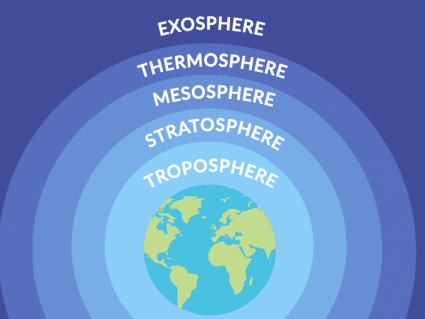
The exosphere is the upper part of Earth’s atmosphere. It starts at about 500 km and gradually extends into the vacuum of outer space at about 190,000 km.
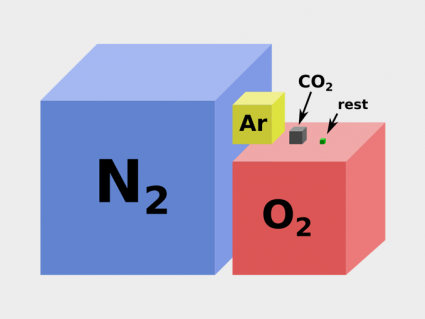
From largest to smallest, Earth’s atmosphere composition contains nitrogen, oxygen, argon, CO2 and trace gases. Water vapor is excluded from this total.
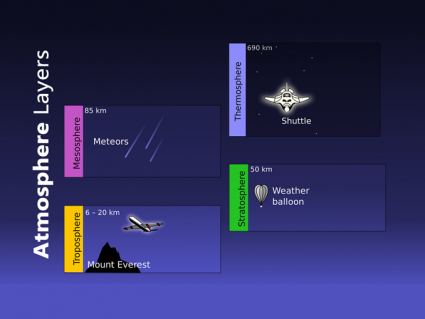
There are 4 primary layers of the atmosphere on Earth: troposphere, stratosphere, mesosphere and thermosphere. The ionosphere and exosphere are above those.
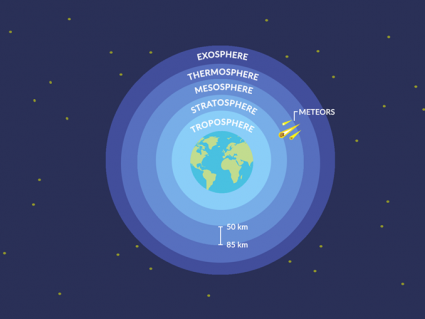
Highlights of the mesosphere include: (1) Air is very thin (2) It’s the coldest region of the atmosphere close to -100°C and (3) It’s where meteors burn up.